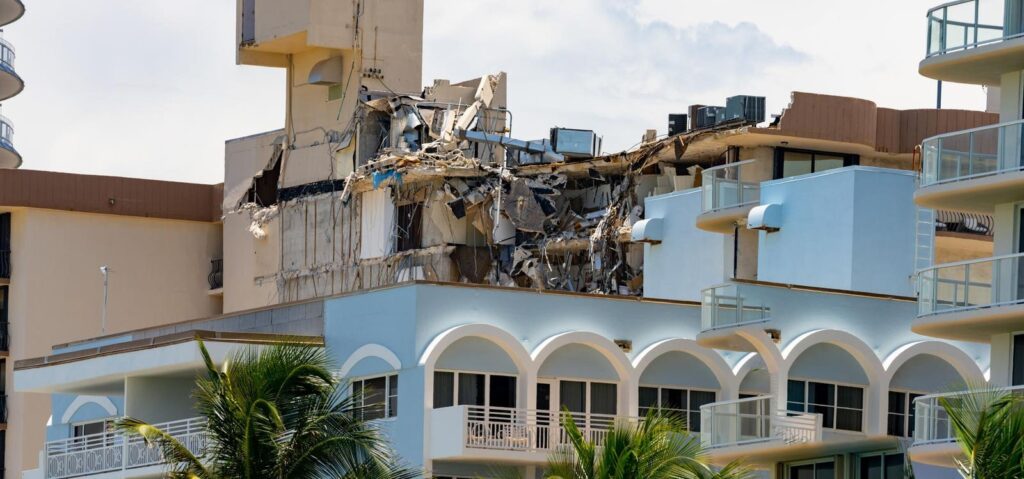Florida marks the two-year anniversary of the Champlain Towers South condominium collapse in Surfside tomorrow. Recertification laws passed after the tragedy could leave many condo owners with a rude awakening.
That wakeup call comes in the form of special assessments of up to six figures for owners of older two-bedroom condos. The special assessments are needed to bring buildings in line with newly established standards.
According to a legislative analysis, there exist more than 1.5 million condominium units in Florida, operated by almost 28,000 condo associations. Of this total, about 912,000 housing units, home to more than 2 million residents, are more than 30 years old. Many of these owners will be hammered by special assessments they can’t afford to pay. And the decisions will be made by condominium boards with no experience in construction management.
In such a situation, some experts say, it makes sense to hire experienced third-party project managers to oversee the process, gain bids and hire contractors. Failing to do so could lead to conflicts of interest spurring unnecessarily high price tags.
Further maintenance
Prior to the disaster, Dade and Broward were the lone Florida counties where buildings more than 40 years old and of 100,000 or more square feet were required to be recertified. The mandate is now stricter, says Greg Main-Baillie, Boca Raton, Fla.-based executive managing director of Colliers.
Any building within three miles of a caustic environment and more than 25 years old must have a Phase I milestone inspection.
“You have a significant number of buildings through the Tri-County area and really through the state that are now mandated to maintain their structures,” he adds.
“To think any building more than 25 years old is not going to require maintenance – like painting and waterproofing — is a mistake. It’s highly likely a building inspector will find a need for further maintenance. It’s true even of newer buildings. If you’ve had the pleasure of walking down Biscayne Boulevard (in Miami), you can look up and see signs of deterioration on even buildings that are under 20 years old.
“We’re talking about deterioration in structural systems. The mandate is really something that was needed to raise the minimal benchmark of maintenance, because it wasn’t being done by the boards and condominium associations.”
Life savings
Many of those owning condominiums in older oceanfront condominiums possess generational wealth. But not all do. Main-Baillie reports he has learned owners of 1970s-vintage $400,000 to $450,000 two-bedroom, two-bath condos could soon be hit with $125,000 to $150,000 special assessments.
Many will not be able to afford them.
“And that only gets them to the level of a functional competitive set,” he adds. “Once the building has spent that money, the HOA fees are still going to double going forward. There are serious implications of this. Even if boards are telling condo owners they are fully funded, what is their definition of fully funded? Does their definition meet the state’s new requirement of fully funding the reserves to a 20-year useful life expectation?”
Another problem is that condominium associations elect new board members on a yearly basis. “You have decisions being made by boards that don’t understand their own environment,” Main-Baillie says. “You can’t manage an asset when you’re only managing for 12 months. You may need a paid professional board member with overriding vote to push a board in the right direction in compliance with mandates.”
Champlain Towers South owners argued about moving forward with needed repairs and maintenance for some time, he adds. The building’s 40- to 50-year certification had been delayed.
“It’s the responsibility of the unit owners especially with a building that size to have the needed inspections and hire the needed consultants,” Main-Baillie says.
The new mandate is good news for future buyers of Florida condos. Once skeletons are rousted from buildings’ closets, a financially safer environment will greet condo purchasers, Main-Ballie says.
But first, a great many owners will have to endure the pain of the next 36 months in which, he predicts, “You will see major changes in the condo living environment in the state of Florida, from both an economic and migratory standpoint.”
Read the full article here



